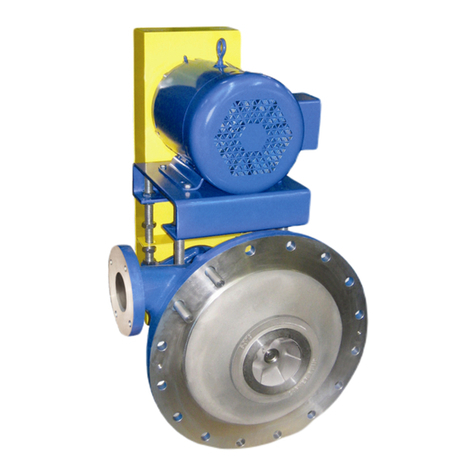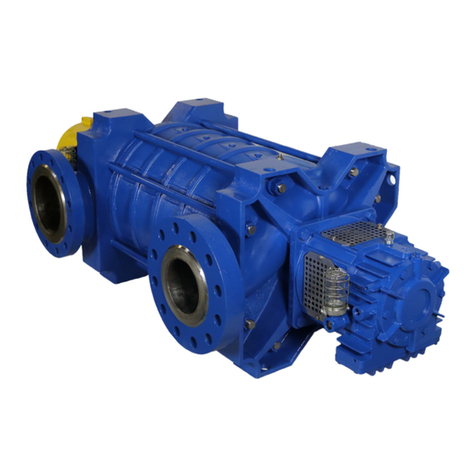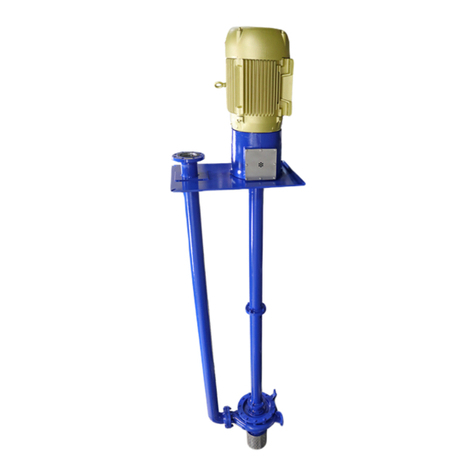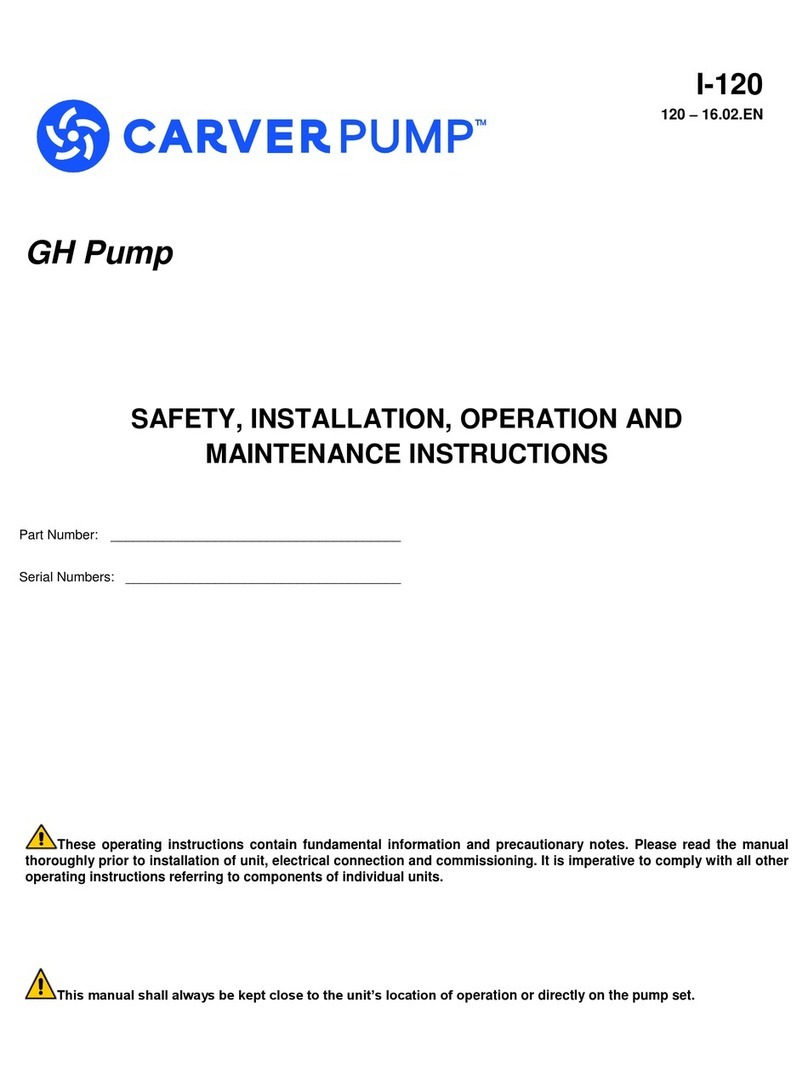
RSV Series –In-Line Vertical Multi-Stage, Ring Section Pump December 2016
1
I. GENERAL DESCRIPTION AND
SAFETY PRECAUTIONS.
A. GENERAL INFORMATION. Carver RSV pumps
are vertical, multi-stage, centrifugal water pumps. If
properly installed, maintained, and operated, should
provide maintenance-free operation and a long service
life.
CAUTION
These instructions must always be kept close
to the product's operating location or directly
with the product.
This manual is designed to provide sufficient material to
properly maintain the total pumping unit. The information
presented should improve your knowledge and
understanding of the RSV, Multi-Stage Water Pump,
thus upgrading the reliability, service life, and quality of
pump maintenance.
These operating instructions do not take into account
local regulations; the operator must ensure that such
regulations are strictly observed by all, including the
personnel called in for installation. Compliance with
such laws relating to the proper installation and safe
operation of the pumping equipment is the responsibility
of the equipment owner and all necessary steps should
be taken by the owner to assure compliance with such
laws before operating the equipment. These instructions
are intended to facilitate familiarization with the product
and its permitted use to help satisfy safety requirements.
Always coordinate repair activity with operations
personnel, and follow all plant safety requirements and
applicable safety and health laws/regulations.
Refer to the appropriate sectional assembly for the
location of parts identified by item numbers. Variations
do exist between configurations, not all parts described
in the text may be on your configuration.
CAUTION
These instructions should be read prior to
installing, operating, using and maintaining the
equipment in any region worldwide and in
conjunction with the main user instructions
provided. The equipment must not be put into
service until all the conditions relating to safety
instructions have been met.
B. DISCLAIMER. Information in these User
Instructions is believed to be reliable. In spite of all the
efforts of Carver Pump Company to provide sound and
all necessary information the content of this manual may
appear insufficient and is not guaranteed by Carver
Pump Company as to its completeness or accuracy.
C. PERSONNEL QUALIFICATION AND TRAINING.
All personnel involved in the operation, installation,
inspection and maintenance of the unit must be qualified
to carry out the work involved. If the personnel in
question do not already possess the necessary
knowledge and skill, appropriate training and instruction
must be provided. If required the operator may
commission the manufacturer/supplier to provide
applicable training.
Follow instructions in this manual carefully. Factory
warranty applies only when pump operates under
conditions as specified on order acknowledgment, and if
pump is properly installed and maintained as
recommended herein. A copy of this manual should be
available to operating personnel. Additional copies of
this manual are available upon request from Carver
Pump Company and your local distributor. For
comments and/or questions about information provided,
please contact Carver Pump Company or your local
distributor.
D. PUMP IDENTIFICATION. The type of pump, pump
size, operating data, and serial number are all stamped
on the nameplate attached to the pump. Pump
specifications should be recorded upon receipt of the
pumping unit. Record all necessary information on the
pump service record page and inspection and repair
record provided at the front of this manual. This
information must be included in all correspondence
regarding the unit. This will ensure that the correct pump
and/or parts are ordered in a timely manner.
E. PARTS INVENTORY GUIDE. To avoid
unnecessary delays for maintenance, spare parts
should be readily available, purchase before and keep in
stock, for normal service. Most conditions will be
covered if this manual is followed.
F. PARTS ORDERING. When ordering replacement
parts, please specify:
Serial number of pump (located on nameplate)
Part name (located on parts list)
Quantity of parts needed
Carver Pump Company may ship an interchangeable
part that is not identical in appearance or symbol. This is
done only if the part has been improved. Examine parts
carefully upon delivery before questioning factory or
company representative. Never return parts to the
factory without authorization from Carver Pump
Company.

































